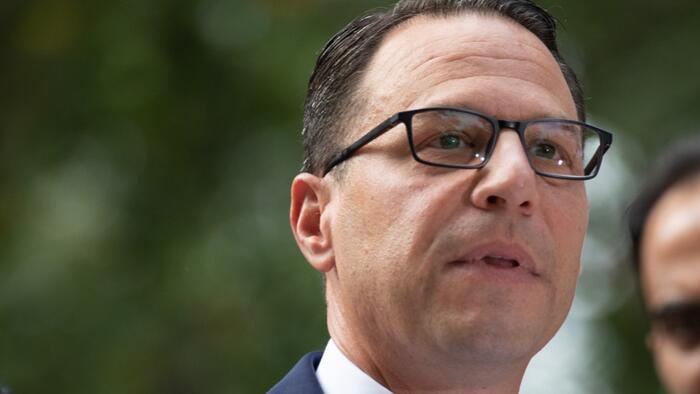In the wake of the 2024 election, Pennsylvania Governor Josh Shapiro is at a pivotal crossroads between his ambitions for the presidency and the immediate challenges of leading the state. There’s speculation that he was nearly chosen as Kamala Harris’s running mate, underscoring his aspirations. As he analyzes the electoral landscape, Shapiro must confront the stark realities of Donald Trump’s successful campaign in Pennsylvania and the broader fallout for the Democratic Party, including the loss of key races, particularly in traditionally blue areas. While national Democrats have often blamed misinformation or prejudice for these losses, Shapiro must consider whether such narratives truly reflect the complex dynamics at play among voters who are increasingly seeking more practical solutions in governance.
The 2024 election saw a notable shift in Pennsylvania, with Republicans gaining ground across several key political offices, marking a generation-changing moment for the GOP. Not only did Republican Dave McCormick defeat longstanding U.S. Sen. Bob Casey, but Republicans also captured more statewide offices than at any time in recent history. This political transformation challenges Shapiro as he navigates a state legislature where Republicans control the Senate while Democrats hold a slim lead in the House. The apparent shift in voter sentiment raises questions about Shapiro’s strategy moving forward and whether he will cater to the far-left factions of his party or seek bipartisan cooperation to address the needs of working-class families.
As Shapiro begins to outline his governance strategy, he is faced with immediate budgetary decisions that will shape his legacy. Observers are closely watching how he balances fiscal responsibility against the temptation to increase spending in an effort to win reelection and potentially set a foundation for a presidential run. Shapiro’s previous budgetary decisions, including cuts to cyber charter school funding and a growing budget outpacing inflation, have significant implications for Pennsylvanians focused on education and fiscal health. Stakeholders await clarity on whether he will champion tax credits for families and scholarships or take a more conservative budgetary stance moving forward.
The economic landscape also plays a crucial role in Shapiro’s governance, especially concerning business taxation and regulatory reform. With Pennsylvania holding significant natural gas reserves, Shapiro has vowed to reduce business taxes, which could be pivotal in encouraging entrepreneurship and supporting existing enterprises in a state with notoriously high tax burdens. Small businesses, in particular, are looking for regulatory relief beyond mere talk—transformative actions that would ease the difficulties of obtaining permits and licenses. Whether he pursues real reform or merely temporary measures remains to be seen as the business community assesses his commitment to revitalizing the local economy.
The energy sector poses another critical challenge for Shapiro, especially in the context of prior Democratic commitments against fossil fuel development. With lingering questions regarding Harris’s mixed messages on fracking, Shapiro must navigate his own position on natural gas extraction and utilization. The potential for enhanced liaison agreements to export liquefied natural gas to European allies could signify job creation and increased state revenues, shifting the energy discourse in Pennsylvania. Shapiro must balance initiatives promoting renewable energy with the urgent need to leverage the state’s natural gas resources effectively, avoiding the pitfalls of costly, taxpayer-funded projects that do not deliver tangible benefits.
Finally, as Shapiro contemplates his future goals, his focus must align with Pennsylvania’s pressing issues rather than overarching progressive ideals that seem out of touch with many constituents. The lessons from the 2024 election—coupled with the political transformations in the state—place him in a position to be a catalyst for positive change or tether him to a failed political agenda. He will need to decide whether he wants to be seen as a leader who champions education reform, supports businesses, and harnesses energy resources effectively, or if he will align himself with the divisive left-wing policies that significantly contributed to Democratic setbacks. With Pennsylvanians keenly interested in their new governor’s next steps, the path he chooses will ultimately define his administration and future political ambitions.

